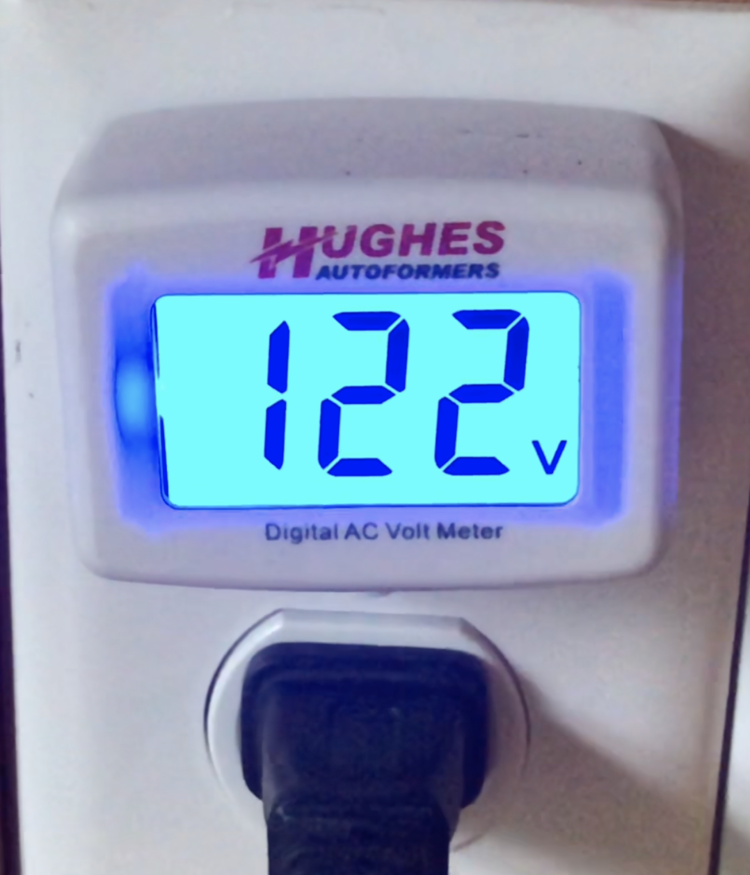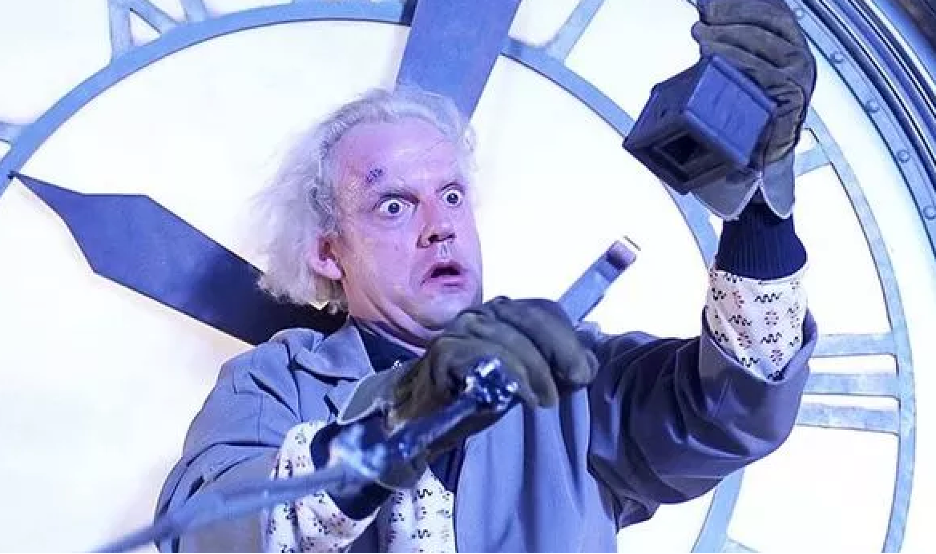Inverters respond to a typical load by momentarily dropping their output voltage as they are adjusting to meet the required load. When a load is applied, the voltage drops momentarily, and when the load is removed the voltage spikes momentarily. This is perfectly normal behavior.
When inverters are faced with a type of load typically described as inductive or capacitive, they don’t respond quite as well. This is due to the rapid fluctuation of the AC current demand. Coffee makers are notorious for causing strange behavior on inverters due to their highly inductive heating elements. There are very few appliances that could be considered incompatible with inverters and coffee makers are borderline.
With certain system designs, if the coffee maker power demand is large enough in relation to the inverter capacity, you will have issues regardless of the quality of the inverter. There are also some dishwashers and other large appliances that have issues but they are less common. Many of the mainstream coffee makers are notorious for causing extreme voltage fluctuations.
In addition to the voltage fluctuation, the inverter may produce a much louder “buzz” due as it adjusts to the load.
To confirm that this isn’t an inverter issue you could repeat that test using a different type of large load like an air conditioner if available. An Easy-Start start capacitor would likely be required for inverter operation. A water heater would likely also work as a test load. Observe the AC voltage at the inverter to verify that it’s holding above 115V as it should.
If you are facing a coffee maker compatibility issue, unfortunately, there isn’t much that can be done outside of replacing the unit with a different type of coffee maker.





